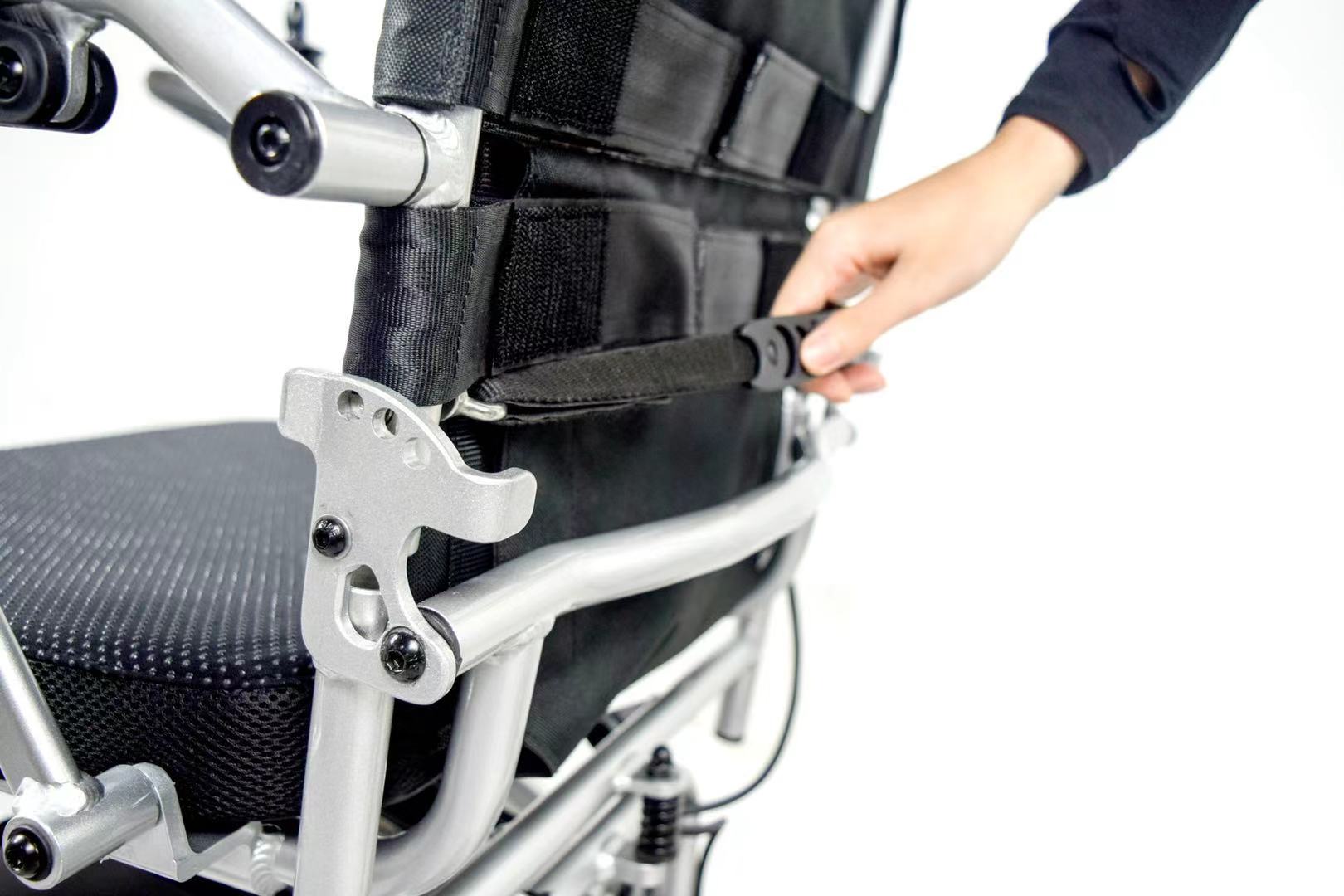
Mr. Alan Wu
Leave a message
Mr. Alan Wu
Leave a message 
Sivasankar Arumugam, Rajesh Ranganathan and T. Ravi of the Coimbatore Institute of Technology, India, point out that every wheelchair user is different, with different body shapes, weights, postures and different mobility problems. Therefore, a single answer to pressure sore problems is not feasible if all wheelchair users are to be helped. Their study of a group of volunteer users showed that, based on pressure measurements, each user needs to be individually tailored to reduce the shear and frictional forces that lead to pressure sores.

Wheelchair patients who sit for long periods of time are at risk of developing pressure ulcers due to a range of health issues such as spinal cord injury (SCI), paraplegia, quadriplegia and quadriplegia. When seated, approximately three-quarters of a person's total body weight is distributed through the hips and the back of the thighs. In general, this part of a wheelchair user's body has less muscle tissue and is therefore less able to resist the tissue deformation that makes these tissues susceptible to damage that can lead to ulcers. Universal cushions for wheelchairs do not offer customization for specific wheelchair users due to their off-the-shelf ailments and therefore offer only limited protection against pressure ulcers.

Privacy statement: Your privacy is very important to Us. Our company promises not to disclose your personal information to any external company with out your explicit permission.

Fill in more information so that we can get in touch with you faster
Privacy statement: Your privacy is very important to Us. Our company promises not to disclose your personal information to any external company with out your explicit permission.